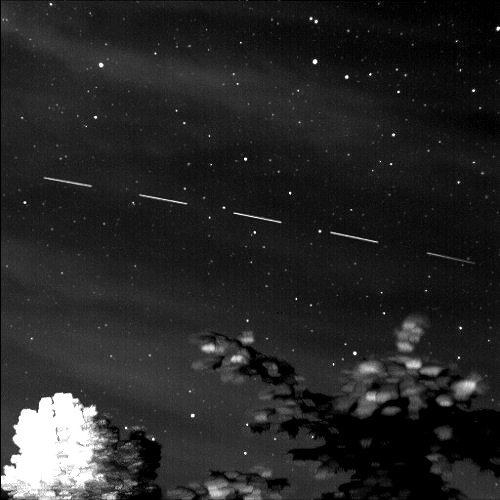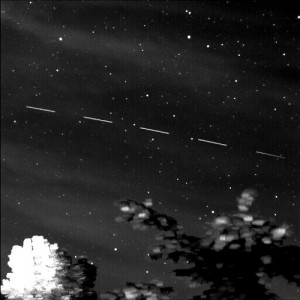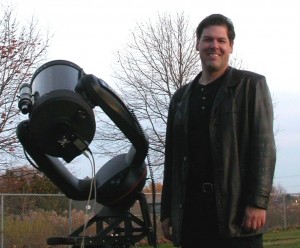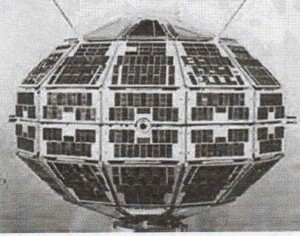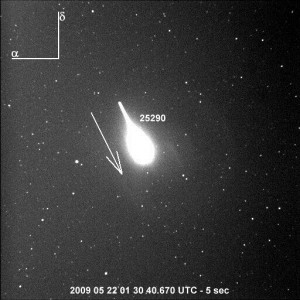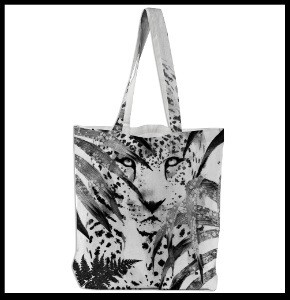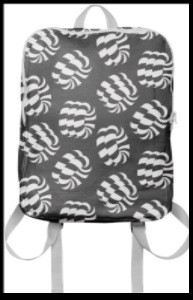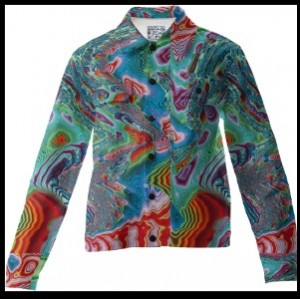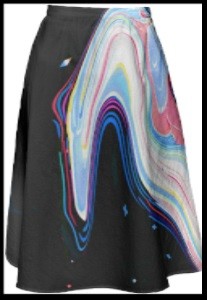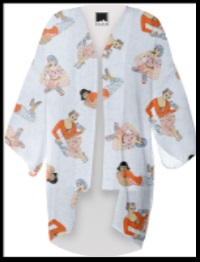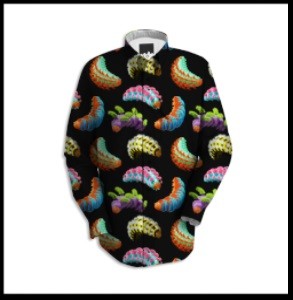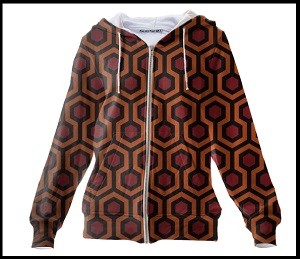When Port Dover astronomer Michael Earl thought about how to celebrate the 50th anniversary of Sputnik, he did not know what he was in for. He decided that over the year 2007, he would detect and track 1,957 individual satellites. He managed to detect 2,053 of them; nearly 100 over his initial goal.
The project did not stop there. Mr. Earl decided to continue to determine how many of our orbiting satellites could be detected using retail telescopes and research-grade digital cameras.
Michael Earl stands near his CASTOR facility in Port Dover. This equipment was used to detect and track over 4,000 of our orbiting satellites. Image by Michael A. Earl and Jane E. Yaeger.
Mr. Earl has seen some of our most prestigious satellites, including the International Space Station, the Space Shuttles, all of the GPS satellites, Telstar, NASA’s Chandra X-Ray Observatory and Canadian satellites Alouette, ISIS, Anik A1, CTS and Radarsat. He has spotted all of the satellites that all North American satellite TV subscribers point their dishes toward.
A decade ago, he spotted the famous Hubble Space Telescope only ten degrees above Port Dover’s southern horizon.
(see image) The Hubble Space Telescope (HST) was seen to travel across CASTOR’s field of view at 4:16 a.m. on July 5, 2011. The HST is traveling right to left in this image, which is actually comprised of five 5-second images. The HST’s reflected sunlight is seen as streaks as the satellite orbits the Earth during the exposures. The small dots are stars in the constellation of Grus (the crane). The large clumps at the bottom are foreground trees. Image by Michael A. Earl / CASTOR.
The furthest man-made object he has seen is an old Soviet-era x-ray observatory called Astron. It was 196,000km away at the time, or half way to the Moon.
At the present time, there are a total of 16,000 catalogued satellites that are tracked regularly by the United States military. Mr. Earl has detected over 4,000 (one quarter) of these to date. This includes two thirds of all payloads and three quarters of all rockets orbiting us right now.
He has compiled his findings into a unique satellite catalogue.
This is the first such catalogue to be compiled within Canada. He is also the first in the world to detect over 4,000 individual satellites single-handedly.
Mr. Earl hopes that his satellite catalogue will be used by amateur and professional astronomers to determine which satellites can be detected using their own unique equipment. The catalogue could be used as an initial point of reference for optical satellite tracking research initiatives all over the world.
The Iridium 67 communications satellite is seen to flare as it reflects sunlight back to the CASTOR camera. For much of its orbit, Iridium 67 is invisible to the naked eye however once in awhile its high gain antenna reflects most of the sunlight that hits it. We see this as an easily visible flare from Earth. CASTOR has detected all 98 Iridium satellites. The arrow denotes the satellite’s direction of travel. The small dots are stars. The number next to the satellite denotes the NORAD satellite catalogue number. The compass at the upper left corner denotes the orientation of the image. The numbers at the bottom denote the time, date and exposure time of the image. Image by Michael A. Earl / CASTOR.
Today, astronomy can be used for much more than observing stars, nebulae and galaxies.
The science can also be used to observe and track our most important assets in space and motivate others to develop new satellite tracking initiatives.
The CASTOR Satellite Catalogue can be viewed in its entirety at Michael’s CASTOR Catalogue
Michael Earl’s CASTOR satellite tracking web site can be viewed at Michael’s Satellite Website.
